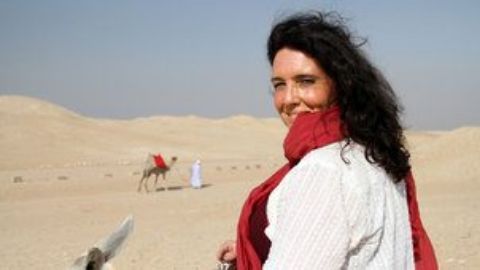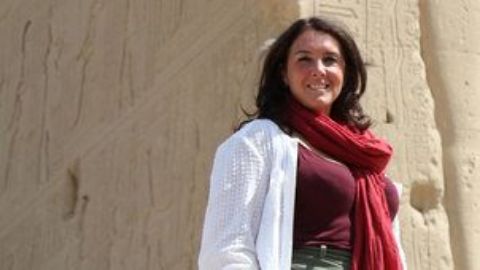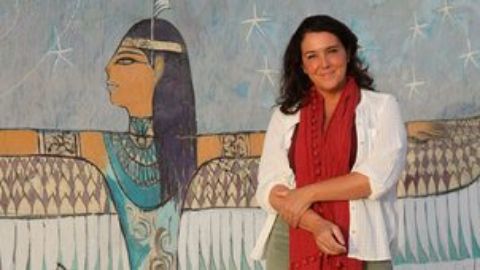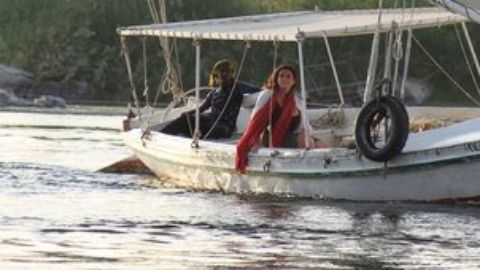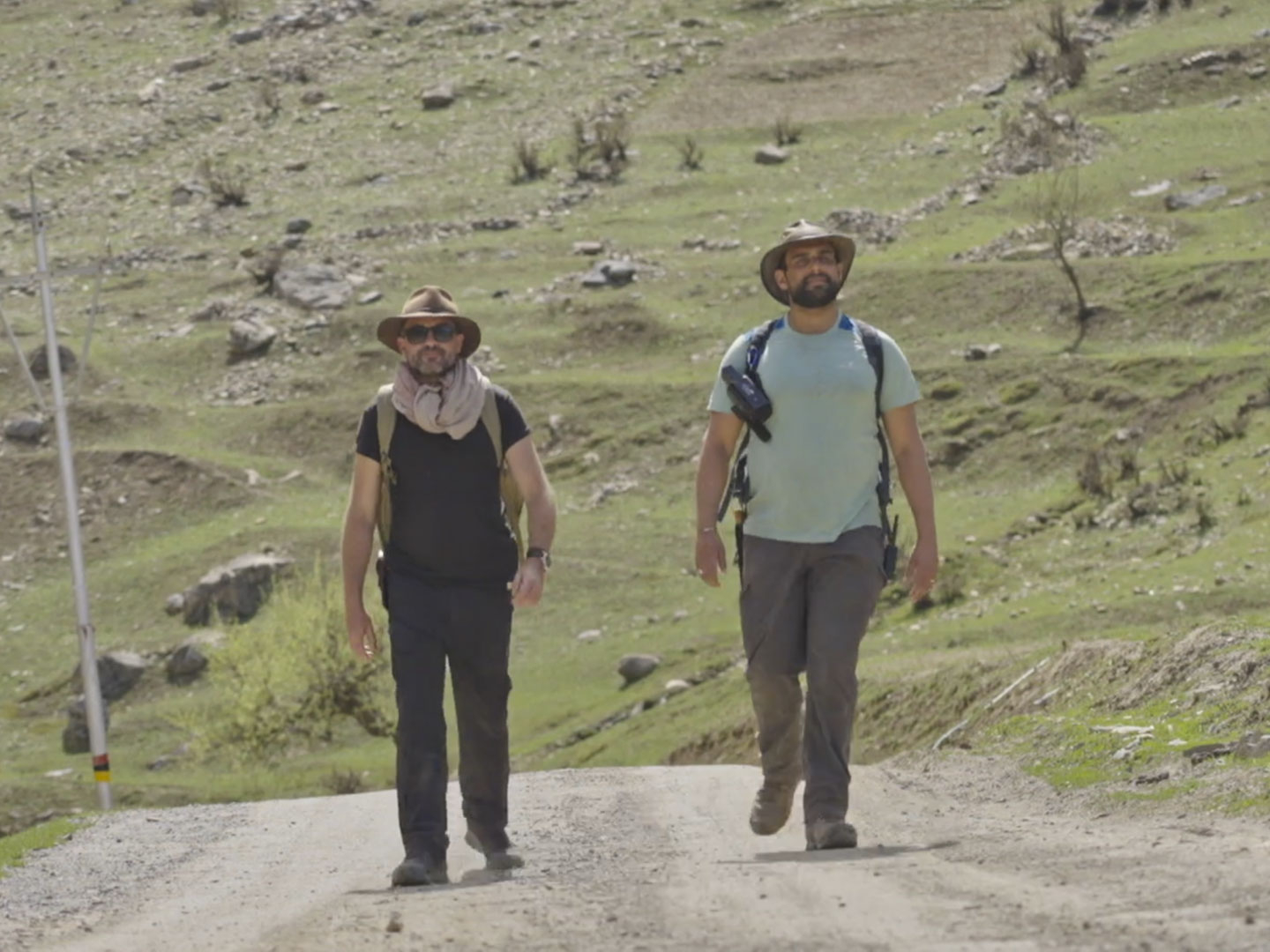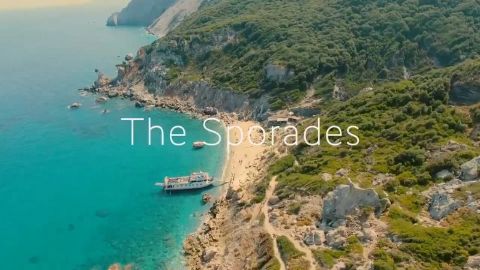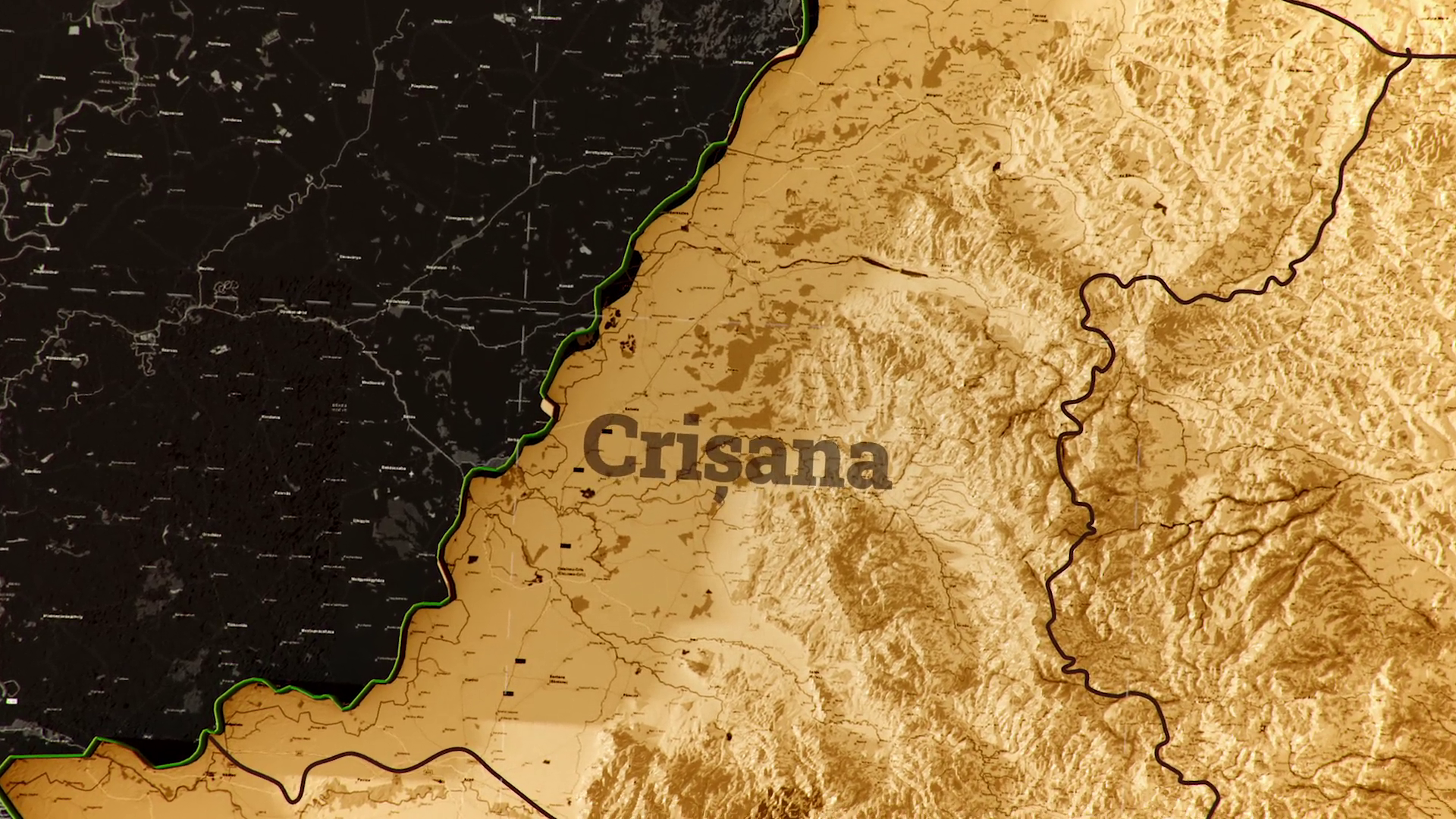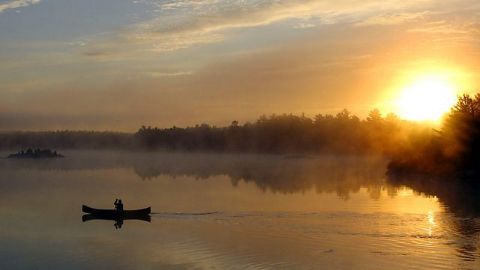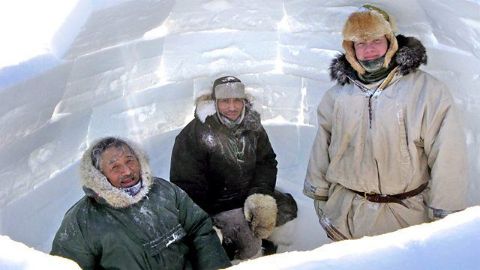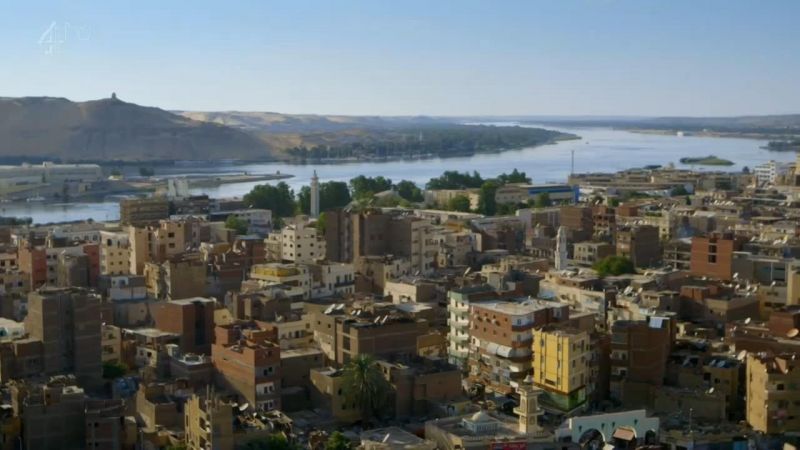Episode 3 • 2019 • episode "S1E3" • The Nile: Egypt's Great River with Bettany Hughes
Bettany visits the west bank of the Nile opposite Luxor where, for 500 years, the Ancient Egyptians buried their pharaohs in the Valley of the Kings, among them the boy-king Tutankhamun. However, the historian crosses the local hills to the Workers' Village, where generations of skilled royal tomb-builders lived. As it turns out, they also dumped masses of domestic rubbish, which is now giving some insight into the highs, lows and preoccupations of ancient Egyptians. Bettany then heads south on the Nile's oldest steam ship SS Sudan, which inspired Agatha Christie to write Death on the Nile.
Make a donation
Buy a brother a hot coffee? Or a cold beer?
Hope you're finding these documentaries fascinating and eye-opening. It's just me, working hard behind the scenes to bring you this enriching content.
Running and maintaining a website like this takes time and resources. That's why I'm reaching out to you. If you appreciate what I do and would like to support my efforts, would you consider "buying me a coffee"?
Donation addresses
BTC: bc1q8ldskxh4x9qnddhcrgcun8rtvddeldm2a07r2v
ETH: 0x5CCAAA1afc5c5D814129d99277dDb5A979672116
With your donation through , you can show your appreciation and help me keep this project going. Every contribution, no matter how small, makes a significant impact. It goes directly towards covering server costs.
